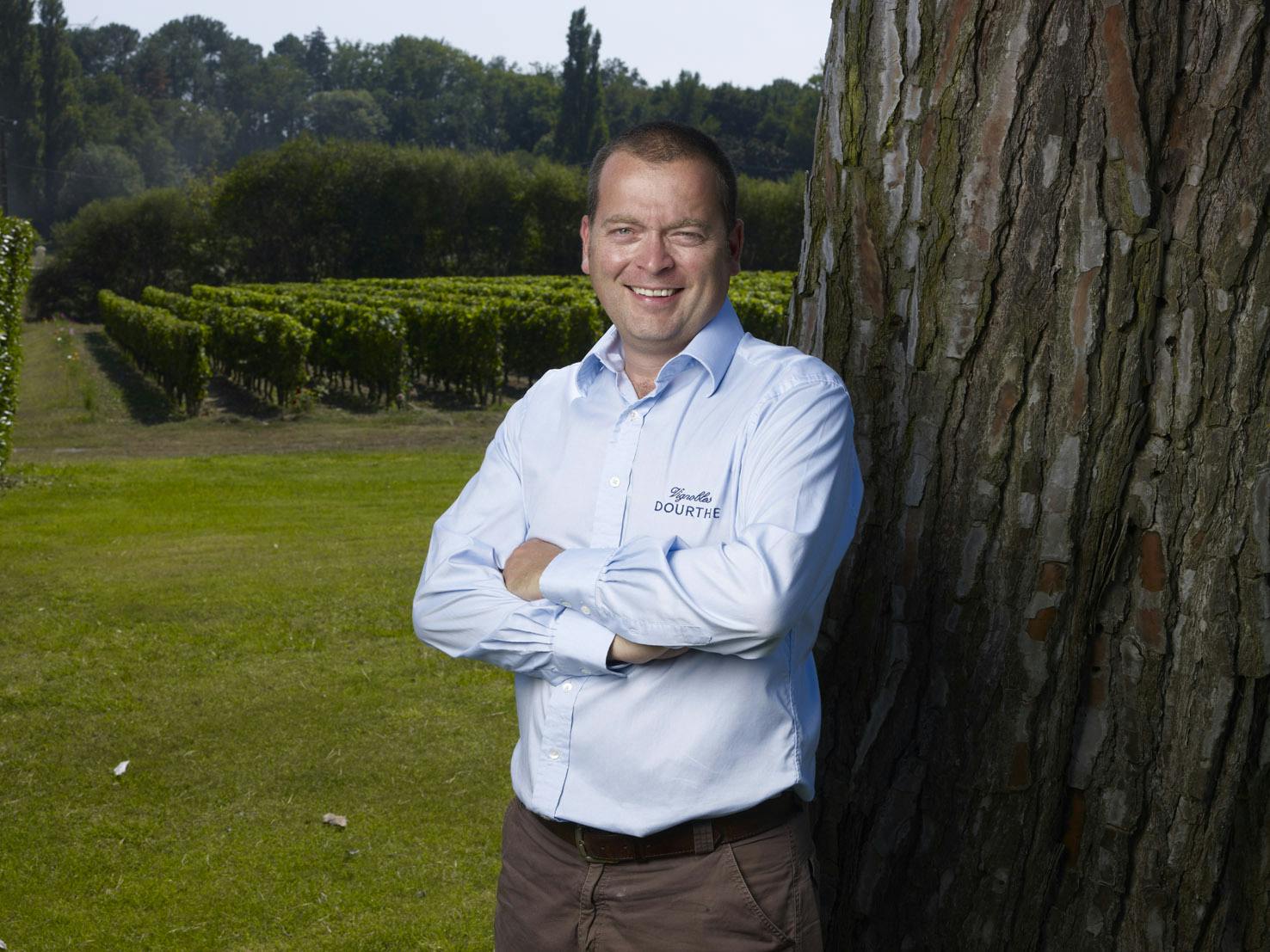175 years of Bordeaux passion
Dourthe is recognized as a leading producer of Bordeaux wines. Reliable and innovative, it is guided by three core values: quality, audacity and passion.
Reinventing a classic
1840: Pierre Dourthe, a hotelier in Landes, opened a wine business. Over the generations, the family’s name became associated with some of Bordeaux’s greatest wines. Firstly, Dourthe owes its success to the fact that the estate was founded in the Médoc, then Saint-Émilion, in L’Entre-deux-Mers and Pessac-Léognan. And secondly, its reputation was built through Dourthe’s thirst for quality (parcel mapping) and taste for innovation (including “integrated production”). Here’s a closer look at three of Dourthe’s major achievements.
Château Belgrave
Château Belgrave is a 5e Grand Cru Classé in the Haut-Médoc, and Dourthe has been investigating its terroir, ideal for Cabernet Sauvignon thanks to its deep gravel on clay subsoil, since 1979. As a result, Dourthe has identified plots that are uniformly mature, perfect for growing vines, harvesting and winemaking. They also allow for a high plant density to moderate the yield per square foot. The resulting wine expresses all of this Grand Cru’s subtlety and personality. Complex and intense, it is remarkable for its ageing potential, its aromatic complexity and its very “Saint-Julien” character, an appellation adjacent to the estate.
Château Le Boscq
Saint-Estèphe Cru Bourgeois since 1932, this property shares its privileged location with the Médoc’s great wines. Nestled on the banks of the Gironde estuary, it enjoys a moderate climate that guarantees excellent growing conditions. This is where Dourthe produces a bold wine with typical cedar notes that stylishly blends the intensity of a Cabernet Sauvignon and Petit Verdots with the finesse of a Merlot, historically present due to its adaptation to clay-limestone soils.
Château La Garde
Close to the Grands Crus Classés from Graves, this estate boasts diverse terroirs and produces a red wine with smoky notes and a white with a mineral finish. Its 14-hectare “plateau”, with layers of deep gravel and clay on the surrounding hillsides, provides perfect conditions for growing Cabernets and Petit Verdots, bringing maturity, complexity and the distinctive character of great Pessac-Léognan wines. Further north is a deep limestone and clay layer, unique to this appellation, which is favorable to Merlots and whites.
Source : Dourthe wines and vineyards
Behind the Wines
Frédéric Bonnaffous

Bonnafous is an agronomist and winemaker from southwestern France who joined Dourthe in 2002. He managed the Haut-Médoc and Saint-Émilion properties for 10 years before being entrusted with the entire estate. His approach combines a terroir analysis with a holistic approach to agriculture, developing the character of this renowned vineyard’s grapes and soil.
Our selection

Dourthe
Château Grand Barrail Lamarzelle Figeac 2019, Saint-Émilion Grand Cru
93
|WE
93
|DE
92
|JS




